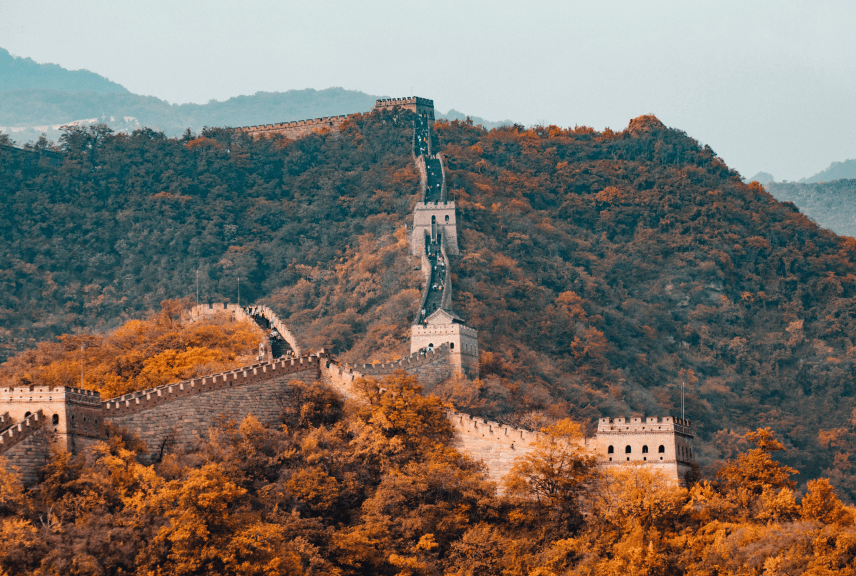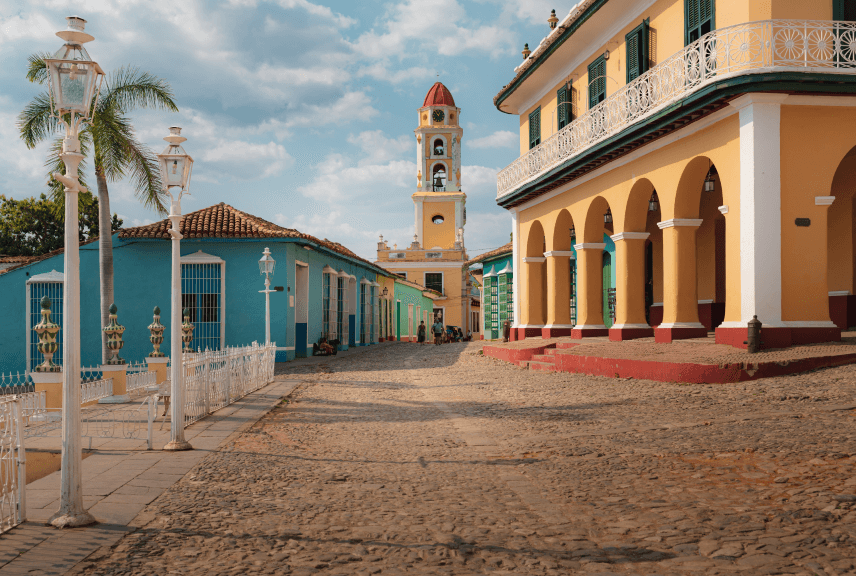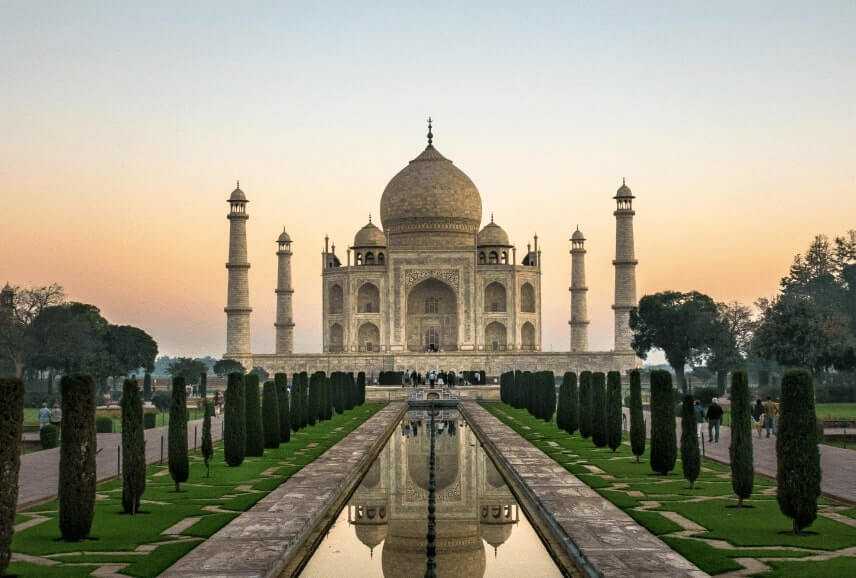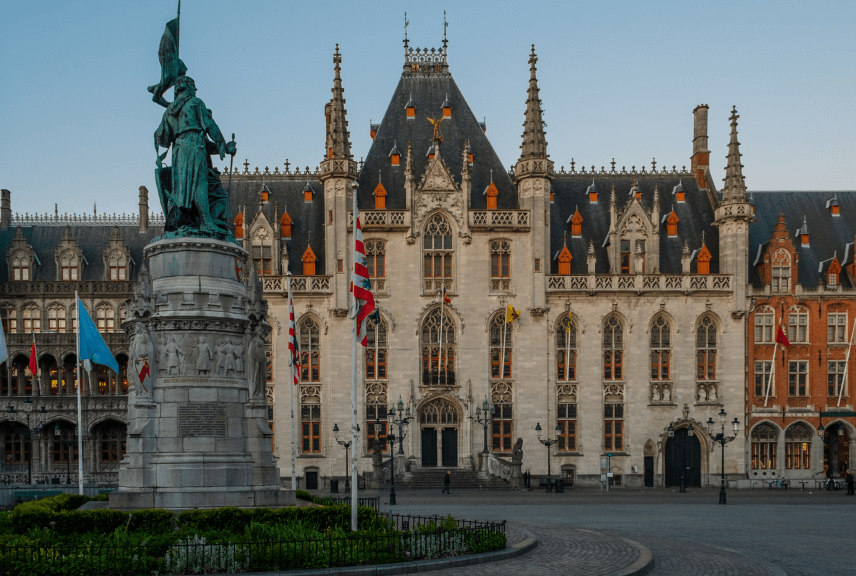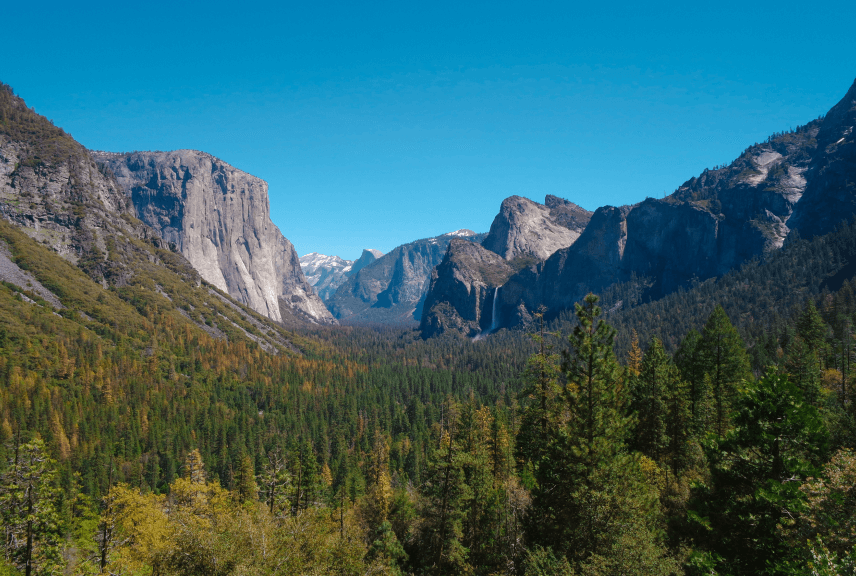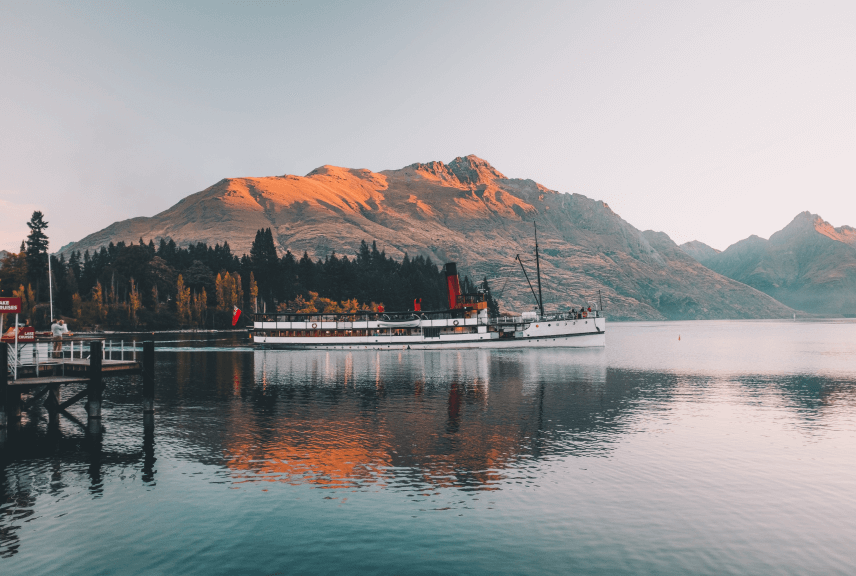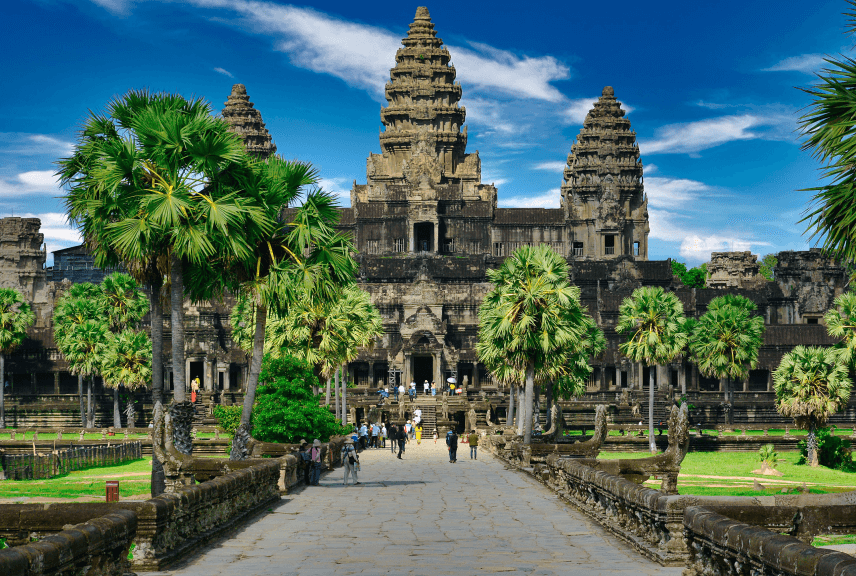Ngorongoro
The Jewel of Tanzania
Nestled in the heart of northern Tanzania, the Ngorongoro Conservation Area (NCA) is a unique and biodiverse region that combines stunning natural landscapes with rich cultural heritage. The area is renowned for the Ngorongoro Crater, the world’s largest inactive, intact, and unfilled volcanic caldera, and offers an unparalleled safari experience.
Geography and Climate
The Ngorongoro Conservation Area spans approximately 8,292 square kilometers, encompassing highland plains, savanna, woodlands, and forests. The Ngorongoro Crater itself is a geological marvel, measuring about 20 kilometers in diameter and 600 meters deep.
Dry Season (June to October):
Characterized by cooler temperatures and clear skies, making it ideal for wildlife viewing as animals gather around water sources.
Wet Season (November to May):
The landscape becomes lush and green, with a brief dry spell in January and February. This season is excellent for bird watching and seeing newborn animals.
Wildlife
The Ngorongoro Conservation Area is teeming with wildlife, providing a sanctuary for a diverse array of species:
Mammals:
The Ngorongoro Crater is home to around 25,000 large animals, including black rhinos, lions, leopards, elephants, and buffaloes. Other common species include zebras, wildebeests, hippos, and hyenas.
Birds:
Over 500 bird species inhabit the area, making it a paradise for bird enthusiasts. Flamingos are often seen on the crater lakes, along with ostriches, crowned cranes, and kori bustards.
Other Species:
The area supports a variety of smaller mammals, reptiles, and insects, contributing to its rich biodiversity.
The Maasai People
The Maasai people, known for their distinctive customs, dress, and semi-nomadic lifestyle, have coexisted with the wildlife in the Ngorongoro Conservation Area for centuries. Visitors can learn about Maasai culture, traditions, and their harmonious relationship with the environment by visiting local villages and participating in cultural tours.
Conservation Efforts
The Ngorongoro Conservation Area is a UNESCO World Heritage Site, recognized for its natural and cultural significance. Conservation efforts focus on preserving the area’s unique ecosystems, protecting endangered species, and maintaining the balance between wildlife and human activities. Sustainable tourism practices are encouraged to minimize the impact on the environment.
Adventure Tour
Move The Earth
Sed convallis sit amet leo quis feugiat. Nunc interdum mollis facilisis. feugi Donec id the urna aliquet, suscipit turpis ut Donec id urna aliquet, suscipit turpis ut, facilisis purus.Sed convallis sit amet leo quis .
Adventure Tour
Travel & Adventure
Sed convallis sit amet leo quis feugiat. Nunc interdum mollis facilisis. feugi Donec id the urna aliquet, suscipit turpis ut Donec id urna aliquet, suscipit turpis ut, facilisis purus.Sed convallis sit amet leo quis .
Adventure Tour
Move The Earth
Sed convallis sit amet leo quis feugiat. Nunc interdum mollis facilisis. feugi Donec id the urna aliquet, suscipit turpis ut Donec id urna aliquet, suscipit turpis ut, facilisis purus.Sed convallis sit amet leo quis .
Points of Interest
Ngorongoro Crater:
The main attraction, offering spectacular scenery and some of the best wildlife viewing opportunities in Africa. The crater floor hosts diverse habitats, including grasslands, swamps, forests, and lakes.
Olduvai Gorge:
Known as the “Cradle of Mankind,” this archaeological site has yielded some of the earliest evidence of human evolution, including fossils and ancient tools.
Empakaai Crater:
A less-visited, yet equally stunning volcanic crater with a soda lake at its center, surrounded by steep forested walls.
Olmoti Crater:
A smaller crater offering scenic hikes to its rim and a chance to see waterfalls and abundant birdlife.
Travel Tips
When to Visit?
The best time to visit depends on your interests. The dry season is ideal for wildlife viewing, while the wet season offers lush landscapes and excellent bird watching.
Health Precautions?
Ensure you have the necessary vaccinations and carry insect repellent to protect against mosquito bites.
Packing Essentials?
Lightweight clothing, a hat, sunglasses, sturdy shoes, binoculars, and a good camera are must-haves for your trip.
Experience Ngorongoro
Immerse yourself in the breathtaking beauty and rich biodiversity of the Ngorongoro Conservation Area. Whether you’re exploring the dramatic Ngorongoro Crater, delving into human history at Olduvai Gorge, or experiencing Maasai culture, Ngorongoro promises an adventure filled with awe and wonder.
Overview
| Destination | Ngorongoro National Park |
|---|---|
| Locations | Ngorongoro |
| Tour Duration | 6 Days |
| Attraction | diverse wildlife, and dramatic natural events. |
